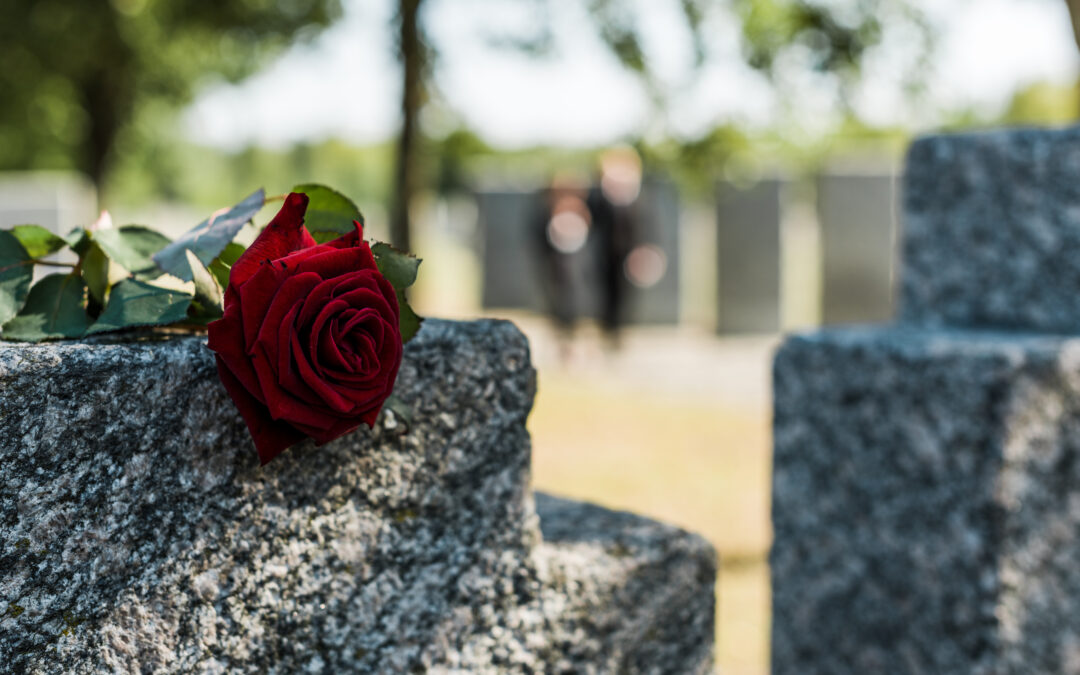Even if you were very young during mid-nineties, you cannot help but recall the murder trial of O.J. Simpson. We’ll spare you the ghastly details in favor of merely pointing out that Simpson was acquitted of both counts of murder in criminal court. The state could not prove to a jury, beyond a reasonable doubt, that Simpson had committed the acts.
The Double Jeopardy Clause of the Fifth Amendment means that Simpson cannot be prosecuted again in criminal court for the murders of Nicole Brown Simpson and Ronald Lyle Goldman. However, the Double Jeopardy Clause did not exempt Simpson from being tried for the same murders in a wrongful death lawsuit in civil court.
The American justice system is comprised of two main categories: 1. The criminal justice system exists to punish and deter criminal activity. 2. The civil system is designed in part to provide remedies (compensation) to persons wronged by the negligent or intentional wrongful conduct of others.
Rufo v. Simpson is the most famous example of a wrongful death lawsuit in American history. Because it was a civil case, the plaintiffs only had to prove their case by a “preponderance of the evidence” (more probable than not) – a lower burden of proof than “beyond a reasonable doubt,” in the criminal case. The civil wrongful death verdict only required the jury to believe that the plaintiffs’ case was more likely true than not true. And when the jury ultimately found in favor of the plaintiffs, the penalty could not be prison. Instead, Simpson was ordered to pay the plaintiffs several million dollars in compensatory and punitive damages.
What Is a Wrongful Death Lawsuit?
A wrongful death lawsuit can be filed in civil court when someone died as the result of negligence, omission, or a wrongful act by a person, institution or corporation.
A wrongful death lawsuit is typically filed by the surviving relatives, whether related through blood, marriage or adoption. (i.e. spouse, children, parents and siblings) of the decedent; though more distant relatives (cousins etc.) may also suffer compensable loss. In Minnesota, only a court-appointed Wrongful Death Trustee may bring the claim, on behalf of all the surviving heirs. It is their legal recourse for receiving punitive damages (intended to punish and deter) from the defendant, as well as compensatory damages intended to reimburse surviving heirs for:
-
Loss of means of support-meaning the monetary support the surviving heirs will lose as a result of the death.
-
The decedent’s medical, burial and funeral expenses
-
Loss of advice, comfort, guidance, and companionship.
In essence, a wrongful death lawsuit is not meant to determine the value of the life of the decedent. It instead serves to compensate, through money damages the surviving heirs’ loss of the decedent’s financial and emotional support to each of the surviving heirs.
When Can You File a Wrongful Death Lawsuit?
The first step is to apply to the Court for an appointment of a Trustee. Typically, the Trustee is a family member, who agrees to represent the interests of all the surviving heirs. If no Trustee is appointed, no one has the authority to either settle the claim or to pursue a lawsuit.
According to Minnesota Statute 573.02, “An action to recover damages for a death caused by … negligence… shall be commenced within three years of the date of death…” In other words, if the decedent died as a result of someone’s negligence, the trustee has three years to file a wrongful death lawsuit.
How Do You File a Wrongful Death Lawsuit?
Retain a layer who is experienced in obtaining Court approval for the appointment of you, or a person trusted by all the heirs, as the Trustee.
If you are the appointed Trustee, and your state’s statute of limitations for filing such a civil action has not yet expired – then your first step is to file the correct documents to commence a lawsuit. These include a complaint (“a legal document in which the plaintiff explains the factual allegations and legal claims being made against the defendant”), a summons (which informs the defendant that they are being sued), and an affidavit of personal service upon the Defendant. The affidavit of personal service must state that all documents relevant to the case (summons & complaint) have been served upon the defendant (i.e. service of process).
These steps only mark the beginning of a wrongful death lawsuit. The process may take several years, and typically requires a multitude of complex steps – any of which, if carried out incorrectly, may result in the lawsuit’s failure or dismissal by the court.
If your family member has died as the result of another party’s negligence, omission or wrongful act, no amount of money can equal the loss of a family member. However, a wrongful death lawsuit can compensate you for the financial and emotional damages you and your remaining family have suffered; which is of no small consolation.
If you would like to file a wrongful death lawsuit in Minnesota, don’t do it without an experienced attorney who specializes in the nuanced field of law. Contact Kiernan Personal Injury Attorneys today for a free, zero-obligation consultation. We fight for our clients’ rights every day throughout the state of Minnesota!

Recent Comments